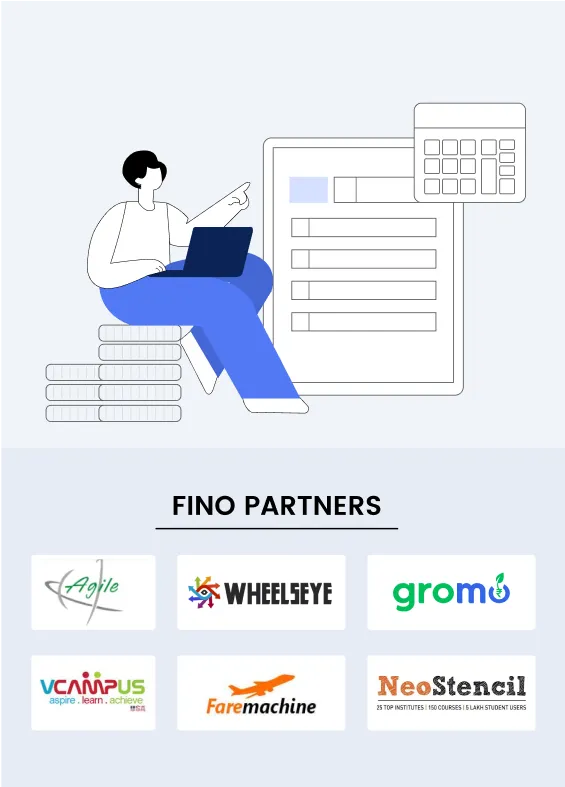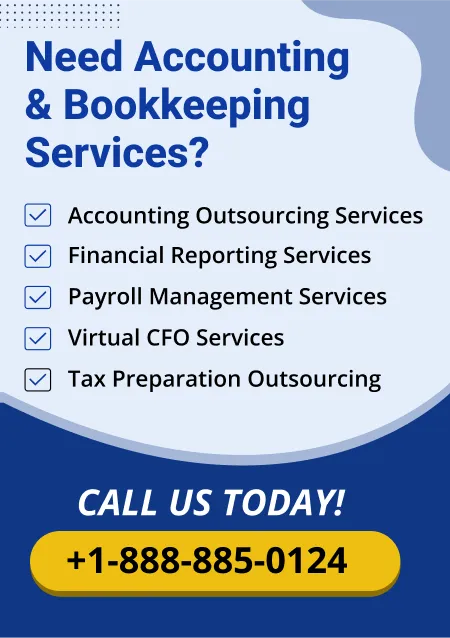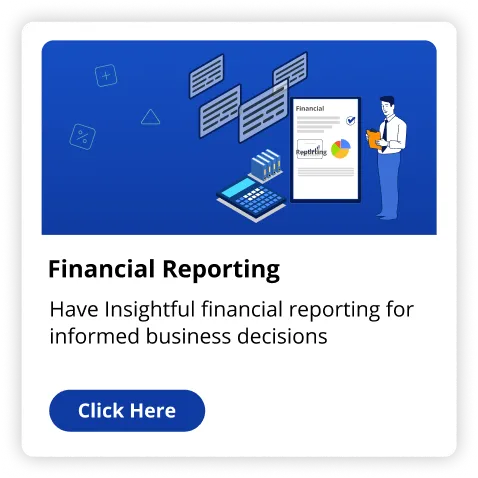Tax season can be nerve-racking but with a bit of planning, it can become simpler. If you are filing for yourself or your small business, being organized and beginning soon could help you save time, money and aggravation. By 2025, the IRS submitted over 140 million individual tax returns, which includes around 90.7% by electronic means. The average refund was $ 2,945, indicating many taxpayers benefit from filing correctly and on time.
To maximize your refund and prevent last-minute panic, you must be ready. From gathering your documents to filing online and choosing between deductions, this article will take you step by step through everything. So, if you are a first time filer or an experienced taxpayer, this guide can help you navigate tax season 2025 with clarity and confidence. So let's begin on the path to stress free tax filing.
Step-by-Step Guide to Preparing for Tax Season 2025
Given below are the 8 steps to prepare for tax season:
Step 1: Collect All Required Documents
First gather all financial documents. They might include:
- W-2 Forms: From your employer, describing your yearly wages and tax with holdings.
- 1099 Forms: For freelance work, interest income, dividends or other sources of income.
- Mortgage interest statements: This shows the Interest paid (that might be deductible In case you own a house.
- Student loan interest statements: This might be deductible In case you paid student Loan Interest.
- Charitable Donation Receipts: Record contributions to qualified organizations.
- Medical expenses: Keep records in case your medical expenses are significant - they could be deductible.
Organizing these documents early facilitates easy filing.
Step 2: Select the Right Filing Status
Your filing status impacts your income tax in addition to eligibility for some deductions.
These 5 statuses include :
- Single
- Married filing Jointly.
- Married Filing Separately.
- Head of Household.
- Qualifying Widow (er) with Dependent Child.
Choosing the proper status can save you money in taxes. As an example, Head of Household frequently offers a higher standard deduction and more favorable tax brackets than Single.
Step 3: Pick Between Standard and Itemized Deductions.
You may take the standard deduction or itemize deductions.
The standard deduction amounts for 2025 will be :
- Single: $ 13,850
- Married Filing Jointly: $ 27,700
- Head of Household: $ 20,800 $
In case your deductible expenses are greater compared to your standard deduction, itemizing might help. Typical itemized deductions are mortgage interest, state & local taxes and big health bills.
Step 4: Use Tax Credits.
Tax credits counterbalance your tax liability and will result in bigger refunds.
Common credits include:
- Earned Income Tax Credit (EITC): For low-to moderate-income individuals.
- Child Tax Credit: Up to $ 2,000 for every eligible child.
- Education Credits: Examples include the American Opportunity Credit and Lifetime Learning Credit.
Make sure you meet eligibility criteria for each credit and also have the paperwork.
Step 5: Consider Retirement Contributions.
Contributions to retirement accounts reduce taxable income. You are able to contribute up to $ 6,500 to a conventional IRA for 2025 (or $ 7,500 in case you are 50 or more). These contributions are deductible depending on your income and participation in employer sponsored retirement plans.
Step 6: File Electronically & Choose Direct Deposit.
You can file your taxes electronically quicker and safer. By 2025, 90.7% of personal tax returns had been submitted electronically. By selecting direct deposit you get your refund within twenty one days, typically.
Step 7: Know Deadlines.
The standard tax return deadline is April 15. In case you require even more time, you are able to file until October 15 by asking for an extension via Form 4868. An extension to file isn't an extension to pay tax owed, though.
Step 8: Seek Professional Help if Needed.
In case your tax situation is complex, speak with a tax expert. They can give customized advice, help you comply with tax laws and determine credits and deductions you may overlook by yourself.
Also Read | Top Tax Deductions Every Small Business Should Know in 2025
Conclusion
Tax season need not be stressful and confusing. When you plan ahead and take the correct steps, it gets a lot more manageable. And filing your taxes right may put extra cash in your pocket too. Remember that the typical U.S. taxpayer got a refund of $ 2,945 in 2025, and nearly all refunds were processed within 3 days for all those submitting electronically with direct deposit. Keeping organized, understanding what credits and deductions you can qualify for and knowing deadlines could make or break the process.
In the event you ever really feel unsure, seek assistance from experts - particularly in case your finances tend to be complex. Do not wait till the very last second to collect forms and receipts. Take time right now to prepare, and you’ll thank yourself later when tax season comes and goes with less stress and more peace of mind.



























